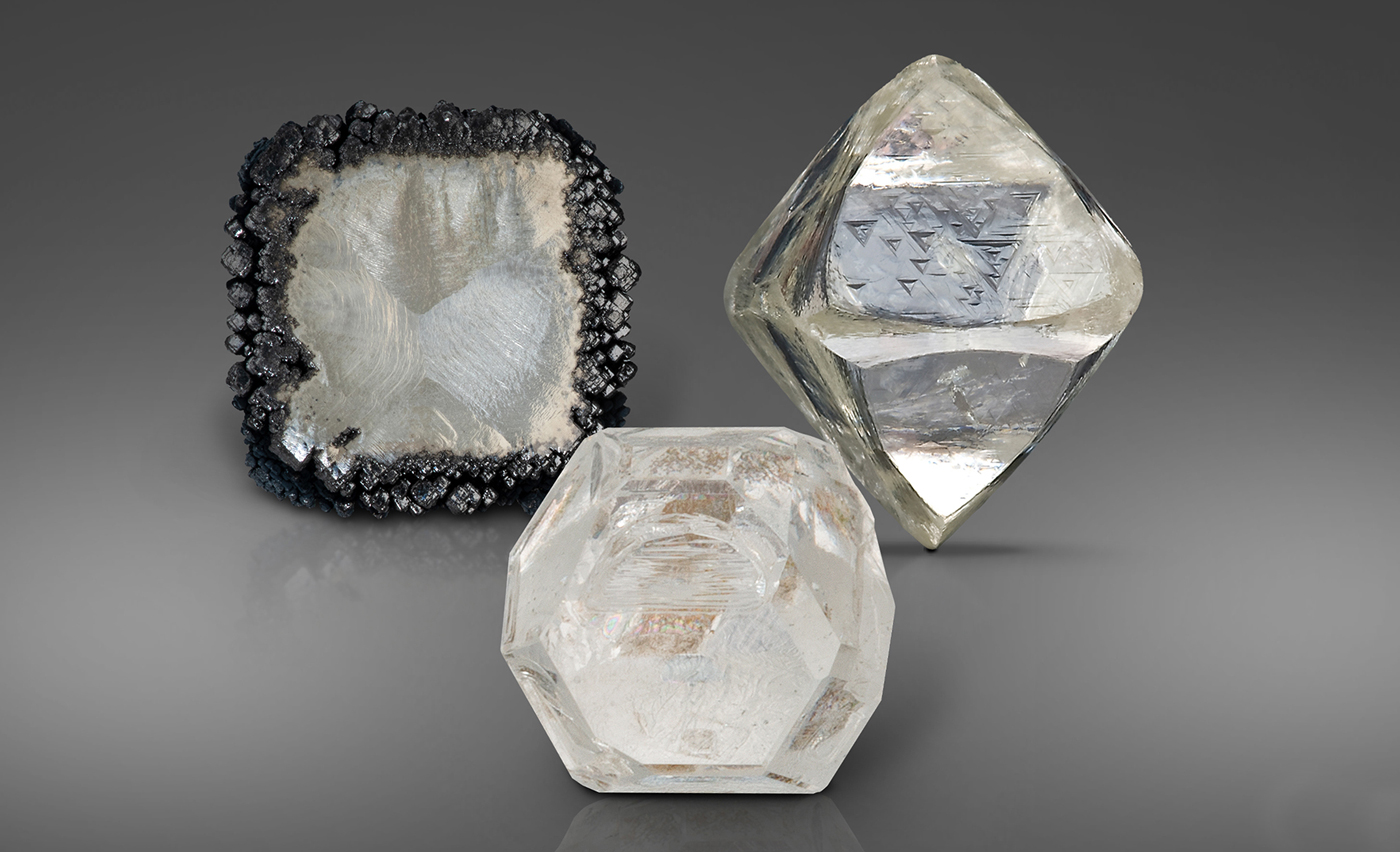Diamonds, long seen as a symbol of love and luxury, have now been reimagined by modern technology in the form of lab-grown diamonds.
Lab-grown diamonds are revolutionizing the jewelry industry with their ability to offer an ethically sourced diamond alternative at a fraction of the cost compared to mined diamonds.
These manmade stones are produced in a laboratory using advanced technology that replicates natural diamond formation while offering consumers an eco-friendly option with fewer environmental impacts than those from traditional mining operations.
With this revolutionary new technology, you can now own your very own stunning piece of luxury without breaking the bank or compromising on quality and ethics.
History of Lab-Grown Diamonds

The history of lab-grown diamonds begins in the 1950s when an American scientist named Dr. Henri Moissan first synthesized a diamond in the laboratory environment.
This was just the beginning, as over time scientists and gemologists have perfected their techniques to produce high-quality diamonds from elements found deep within earth’s crust.
In recent years, technology has advanced drastically, allowing for even more precise control over the production of these gems – leading to bigger and better stones that are indistinguishable from naturally mined diamonds.
Lab-grown diamonds offer consumers an ethical alternative to mined stones, often with similar properties at a fraction of the cost.
They can be produced on demand in any size or shape desired by customers, making them ideal for bespoke jewelry designs or everyday accessories such as Lab grown diamond engagement rings and pendants.
The growing popularity of lab-grown diamonds has led to a revolution in how we think about these precious stones: no longer do they need to be dug out of the ground but rather brought into existence through modern innovation and craftsmanship!
Benefits and Advantages of Using Lab-Grown Diamonds

Lab-grown diamonds bring with them a variety of benefits that set them apart from mined diamonds.
From the fact that they are ethically sourced and more affordable, to their superior consistency in quality and beauty, lab-grown diamonds offer an unparalleled experience for those seeking excellence in diamond jewelry.
First and foremost, lab-grown diamonds are 100% ethical – meaning you can be sure the source of your diamond was not exploitative or harmful to our planet’s valuable resources. Lab-grown diamonds have no connection whatsoever to any form of conflict or unethical labor practices.
In addition, these stones tend to cost less than their natural counterparts due to the lack of mining costs associated with them. This price advantage makes it easier for people on a budget to purchase luxury items like diamond jewelry without breaking the bank!
On top of all this, since they are created in laboratories under controlled conditions, lab-grown diamonds have consistent qualities such as color grade and clarity rating which make them easier to compare when shopping for one over another option – something you would struggle with if buying a mined stone!
Furthermore, because there is far greater control over what goes into creating these gems than there is with nature itself – each gem tends to be just as beautiful (if not more so!) than its natural counterpart.
Challenges in the Creation of Lab-Grown Diamonds

Creating lab-grown diamonds is a complex and intricate process that has faced many challenges along the way. One of the main obstacles involves creating diamonds that are indistinguishable from those found in nature.
While technology has advanced to a point where certain aspects of diamond creation can be automated, much manual labor is still needed to create high-quality synthetic stones with superior clarity and color.
Another challenge lies in refining the growing environment for these diamonds, which must maintain an optimal temperature and pressure balance throughout the entire growth period.
Additionally, ensuring consistent levels of quality control over both raw materials used as well as finished products requires rigorous testing procedures by industry experts on every single stone grown to guarantee its authenticity and value.
Finally, another issue lies in establishing trust among consumers when it comes to buying lab-grown diamonds instead of natural ones due to potential mislabeling or misrepresentation of what they are purchasing.
This makes it difficult for buyers to confidently purchase synthetic stones without knowing their exact origin or history – something that cannot currently be achieved through current technological means alone.




